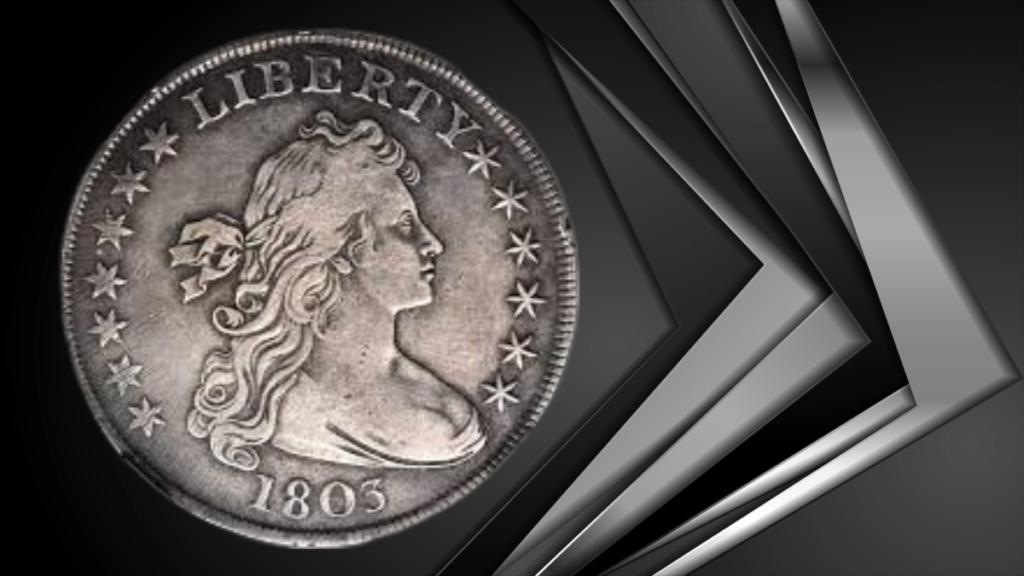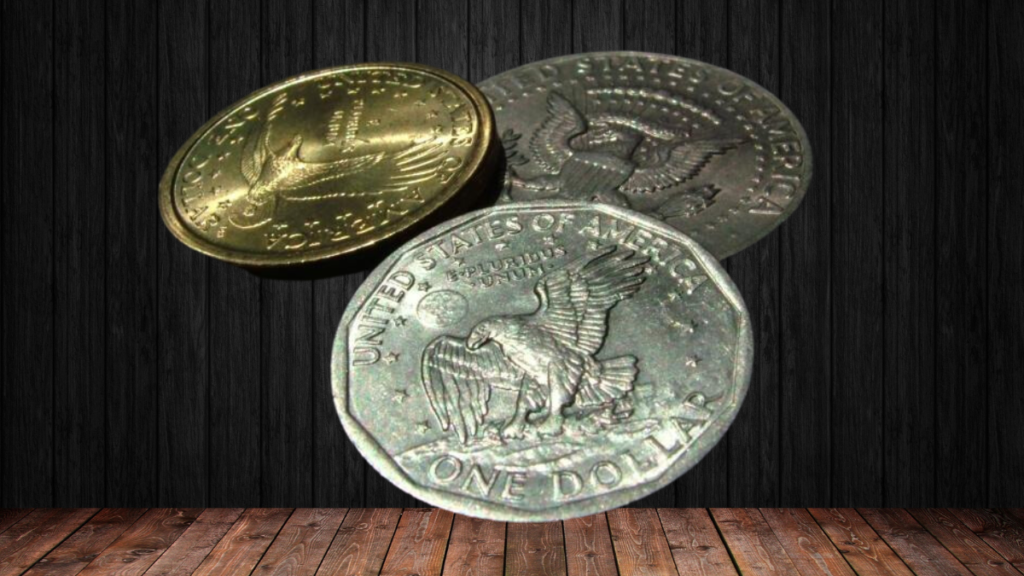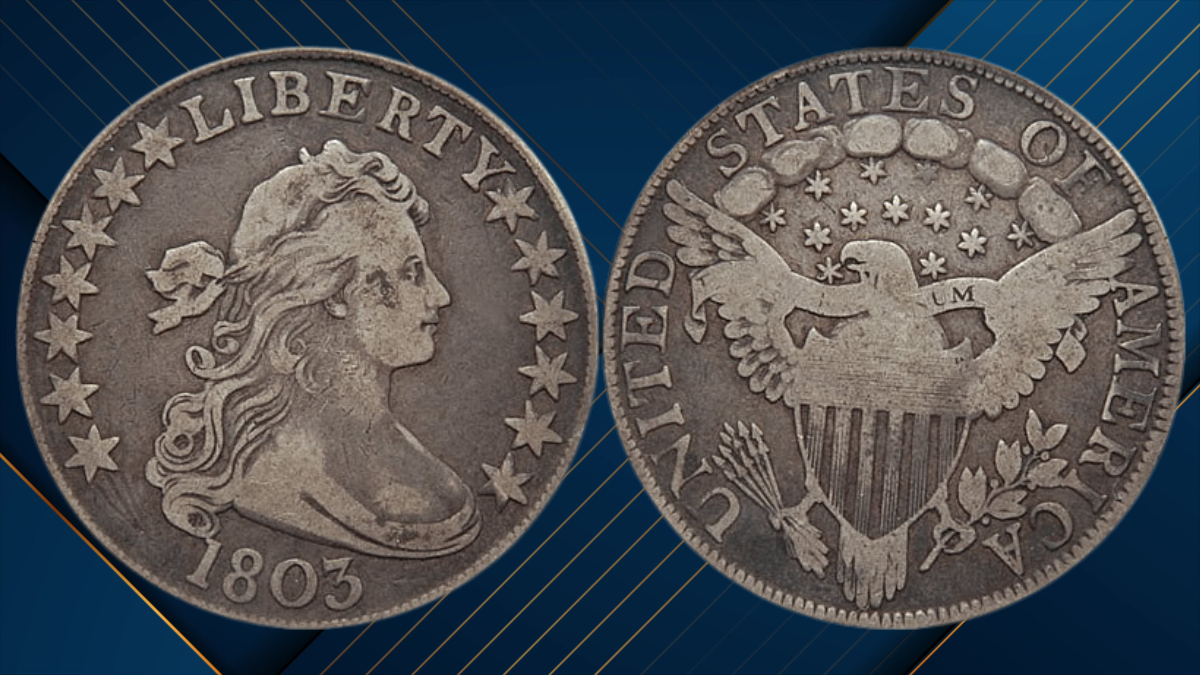You’re looking at an iconic 1803 Draped Bust silver dollar – can you guess its grade? Some pointed out its weak strike, which may have been caused by the coin’s toning that hides some of its details. While the coin wasn’t super sharp, it’s interesting how the toning gave it a certain vibe.
One of our readers, Ogir Coins, guessed the grade as MS66*. Even though they believed it deserved a star, the grading authority NGC didn’t give it one. NGC still graded it a solid MS66.
Another coin enthusiast, Carrol Leger Jr., also got the grade right. This particular coin is tied for the highest grade given by NGC, along with one other coin. It recently sold for $6,600 at auction.
A Closer Look at the 1803 Draped Bust Silver Dollar

The 1803 Draped Bust dollar is the last of its kind in the series. When people think of rare American coins, the famous 1804 silver dollar often comes to mind, also known as the “King of American Coins.”
Although the 1804 dollar was struck by the U.S. Mint, it wasn’t made for everyday use. It was actually created for special diplomatic proof sets in 1834, with more coins produced later to meet collector demand.
9 Shockingly Valuable U.S. Coins You Might Already Own!
On the other hand, the 1803 Draped Bust dollar was genuinely struck for commerce in 1803 and even into 1804. A total of 85,634 coins were made before the Mint was ordered to stop production.
President Thomas Jefferson put an end to the minting of large silver coins to prevent them from being exported out of the U.S. In fact, by 1804, nearly 20,000 more 1803-dated coins were produced before the silver dollar denomination was discontinued. The silver dollar didn’t make a comeback until the late 1830s.
Unique Features of This 1803 Dollar

This particular 1803 dollar was struck with the BB-255 die marriage, a specific pairing of dies used to create the coin.
One of its distinctive features is the large “3” in the date, which sits slightly lower than the other numbers. There’s also a thin die crack connecting the stars on the right side of the coin, a common trait in coins struck with this die pair.
Looking closer, the toning on this coin is most noticeable in the protected areas, giving it an aged yet attractive appearance.
There are minor imperfections, but overall, the strike is strong, especially on the right side, where the stars and denticles (the small, tooth-like details along the edge of the coin) are more pronounced.
The reverse side also shows a strong strike with a continuation of the toning pattern, making this a wholesome example of a classic American silver dollar.
5 Copper Coins That Could Turn Your Spare Change Into Serious Cash!
So, What’s the Grade?
With all these details in mind, it’s time to guess the grade. Think about the toning, the imperfections, and the overall strike. How do you think this coin would be graded by professionals?
Conclusion
The 1803 Draped Bust silver dollar is not just a piece of currency, but a remarkable symbol of American history. Its rare design, limited production, and the unique story behind its creation have made it a prized collector’s item.
From its distinctive die features to its well-preserved toning, this coin represents the craftsmanship of early American minting.
As we explore the grade of this classic coin, it’s clear that the 1803 Draped Bust dollar holds a special place in numismatic history and continues to capture the imagination of collectors worldwide.

